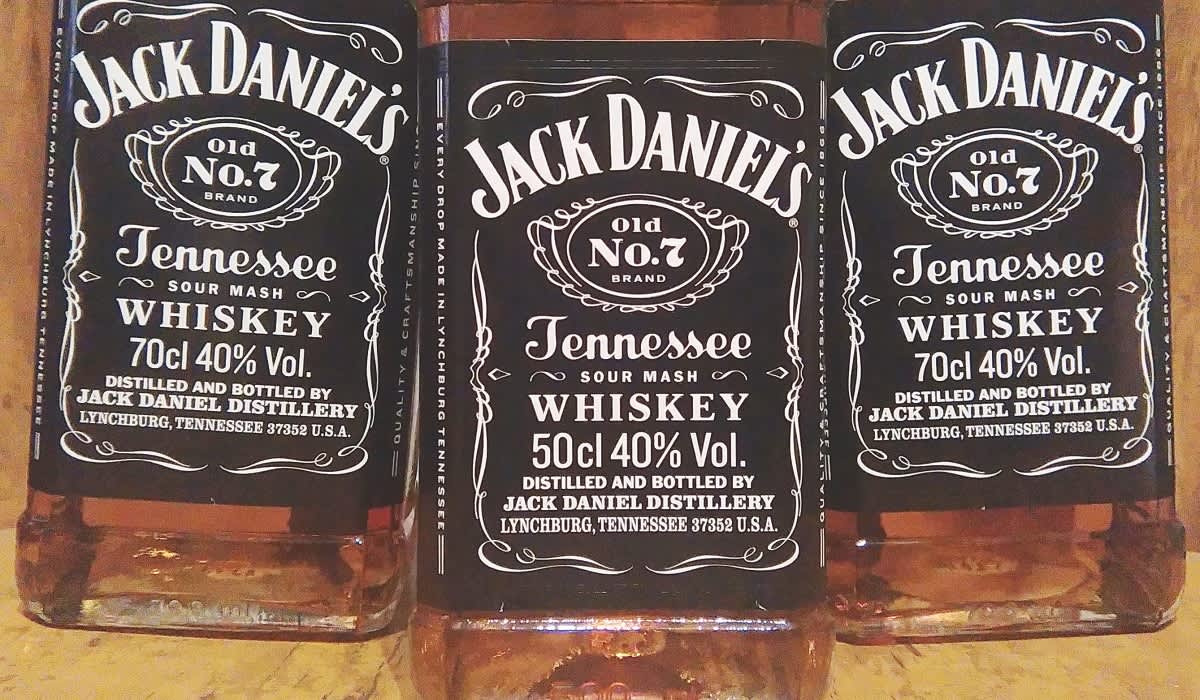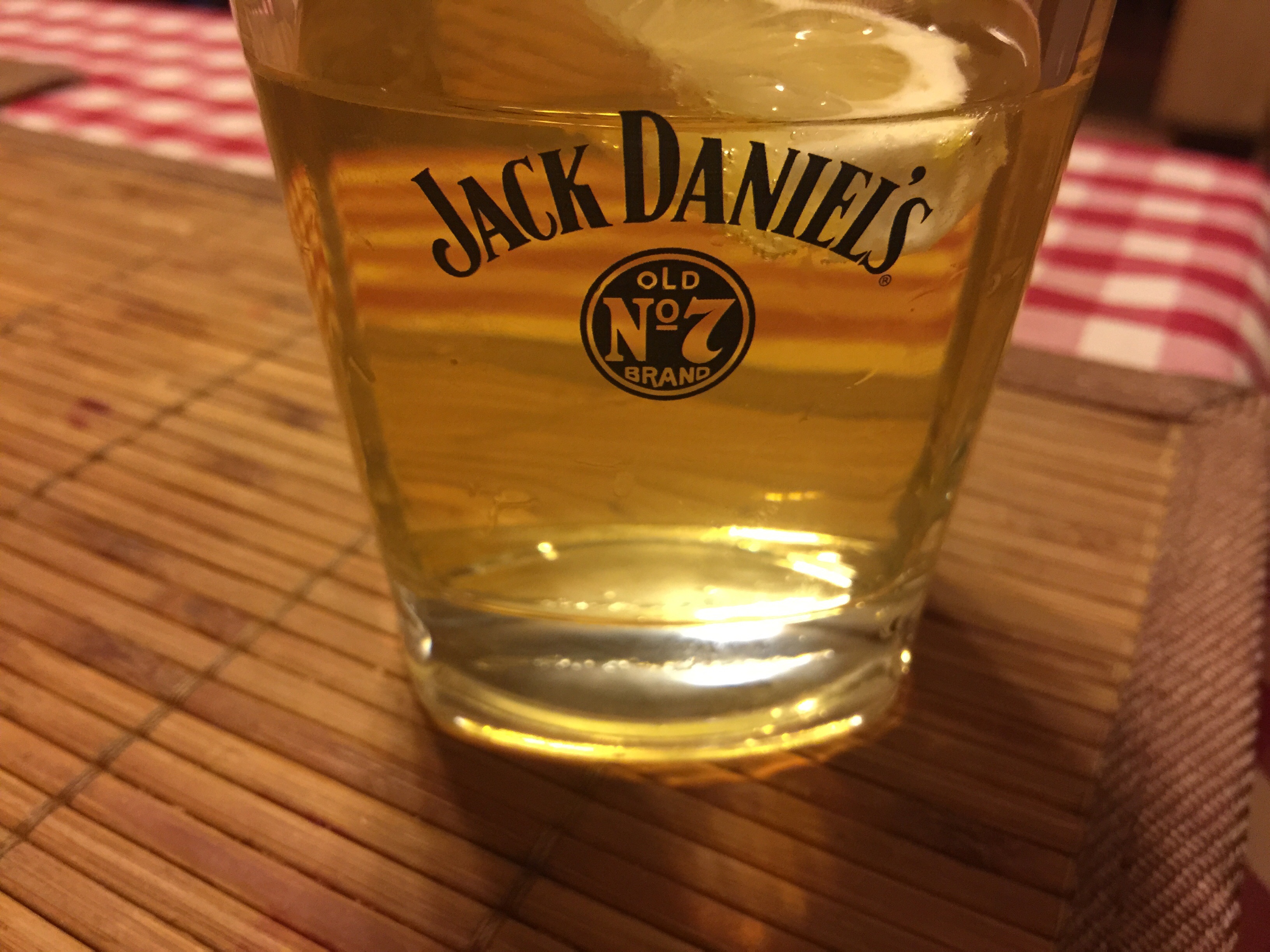History Of: Jack Daniel’s Tennessee Whiskey
Jeff Williamson 06.01.18

Here’s a quick history lesson on the story behind how Jack Daniel’s famous Tennessee whiskey was originated.
The practice of making whiskey appears universal to human civilization, it is engrained in the social, political and cultural fabric of virtually every region. Distilling was brought to Trans-Appalachia in the late 1700’s, by the Scots, Irish and Welsh settlers who found the region theirs, if they could work it. As they carved out homesteads, farms, towns and communities, the art of distilling found itself somewhere within those top priorities. Whiskey, then as now, was the medium of community and even “friendly” competition.
During and after the Revolution, farmers found whiskey more convenient, and cost effective, to transport than their corn. Therefore, virtually every farm either had a still or access to one. The early days of the republic saw whiskey used even as a form of barter which kept farmers solvent when legitimate forms of currency were difficult to obtain or simply not trusted. Not surprisingly the characteristics of whiskey from certain individuals became a defining characteristic of their region.
Parts of Kentucky, for example, developed an association with bourbon whiskey by the 1820’s. While the source of the name is argued to be associated with Bourbon County, Kentucky or Bourbon Street in New Orleans, Louisiana – both in turn traced to the Bourbon dynasty of France – the primary hallmark is the cherry/copper color of the liquid that identifies it as a bourbon.
With the end of the Civil War southerners needed to find ways to make ends meet. Carpet baggers, Radical Reconstruction and the 13th Amendment all pushed for change and while the end of slavery was a worthy result, the costs were felt deeply. In times of uncertainty, people always fall back on what they know. In Tennessee, what they knew was making whiskey.

Jasper “Jack” Newton Daniel’s precise birth date is up for debate, his tombstone in Lynchburg Cemetery shows 1850. Precise research, however, suggests September 5, 1846. He was the last of his mother Lucinda Cook Daniel’s ten children before her death on January 27, 1847. His father, Calaway Daniel, was himself the son of a Welsh immigrant, Joseph Daniel, and Elizabeth Calaway from Scotland. Calaway remarried and fathered at least three more children before dying in 1863 during the Civil War.
By the time of his father’s death, Jack was estranged from his step mother and managed to be all but adopted by a local lay minister, Dan Call. Call, like others, supplemented his income by distilling “moonshine” so it is obvious where Jack Daniel got his start. What is less obvious is who taught him. Call’s master distiller was a slave named Nathan “Nearest” Green – later recognized as the first African American distiller on record in US history – and to whom Call apprenticed Daniel. Green continued to work for Call after emancipation at the end of the Civil War. Business was apparently secure: Green’s descendants for at least two generations continued working with, and then for, Jack Daniel in distilleries.
In 1875, Daniel finally received an inheritance from his father and founded his own distillery, registered with Nathan Green. Like the man, the start of Jack Daniel’s Whiskey is also up for debate: the company claims 1866, but official records point to 1875. By 1884, however, he officially moved the distillery to Lynchburg and was one of fifteen distilleries operating in Moore County.
Jack Daniel’s entered the national, if not global stage in 1904 at the World’s Fair in St Louis, Missouri. The Fair was an exposition of the many great accomplishments of the modern age, so it was not without pride that this distiller from Tennessee, with Old No. 7, won the gold medal as producer of the world’s best whiskey.

In 1907, Daniel turned the distillery over to two nephews. One, Lemuel “Lem” Motlow, bought the other out and continued as sole proprietor. Though while the product gained public accolades for quality, the industry faced condemnation from a growing temperance movement.
Tennessee passed a prohibition of distilling in 1907. Motlow challenged this before the Tennessee state supreme court but was defeated when the law was found constitutional. He split the distillery between St. Louis, Missouri and Birmingham, Alabama. However, production from these distilleries was hampered by poor quality control. Meanwhile, in 1911 “Jack” Daniel succumbed to blood poisoning, legend says from kicking his safe in frustration. The business, it seemed, could not long survive him.
The prohibition in Tennessee was but the latest in a long history to enforce sobriety via legislative fiat. Since the early 1800’s the Temperance Movement ran along evangelical lines and by 1895 became a national organization demanding political action. The movement succeeded on January 17, 1920 with the Eighteenth Amendment and the Volstead Act. For Jack Daniel’s this merely federalized what was already a state issue. The law did not outlaw possession of liquor, just manufacture, sale and transportation for beverage purposes. Whiskey distilleries, however, were in the business to make money. Some resorted to making “near beer.” Others reduced production to a miniscule amount for medicinal purposes – an exemption under the law with a doctor’s prescription. Still others simply folded, and some were bought by George Remus.
Known as the “King of the Bootleggers,” George Remus a lawyer turned entrepreneur – of sorts – purchased controlling interest of the Daniel’s St. Louis distillery in 1923. Among Remus’ schemes was to prepare a shipment of “medicinal” whiskey, then have it “hijacked” and sold on the black market at a profit. Another was to slowly remove a small portion of whiskey from casks in the rack house, replacing it with water. By tapping only small portions from each cask he could avoid discovery. The tappers, however, were greedy: they removed so much whiskey they were discovered by government taste testers (where did one apply for that job?). This was known as the “Jack Daniels Whiskey Case.”
In 1933 Prohibition ended, yet states, including Tennessee, kept their bans in place. Motlow became state senator and won repeal in 1938. The stills were finally fired up that year but ceased between 1942 and 1947 due to government sanctions for World War II. In 1947, Motlow saw production begin again but died that same year. His children took over until 1956 when Brown Forman Corporation bought the company. In 1972 the Lynchburg distillery, still in production, was named to the National Register of historic places. While the decision to reduce the whiskey from 90 proof to 80 in the 1980s was lamented by aficionados, the whiskey company remains very popular and has diversified to meet the tastes of new generations while maintaining a constancy Jack Daniel would recognize even today.
The square bottled Old No. 7 remains the Daniel’s trademark. As such, the company celebrates another tradition by refusing to relocate from where Jack Daniel founded his distillery: Monroe county, which remains legally a dry jurisdiction. Liquor can be made, yet not sold or consumed within county limits. In that, more than perhaps anything else, Jack Daniel’s is an icon of the American spirit: an enterprise where different cultures cooperate and prove American initiative is rarely idle when it comes to circumventing restrictive legislation.


